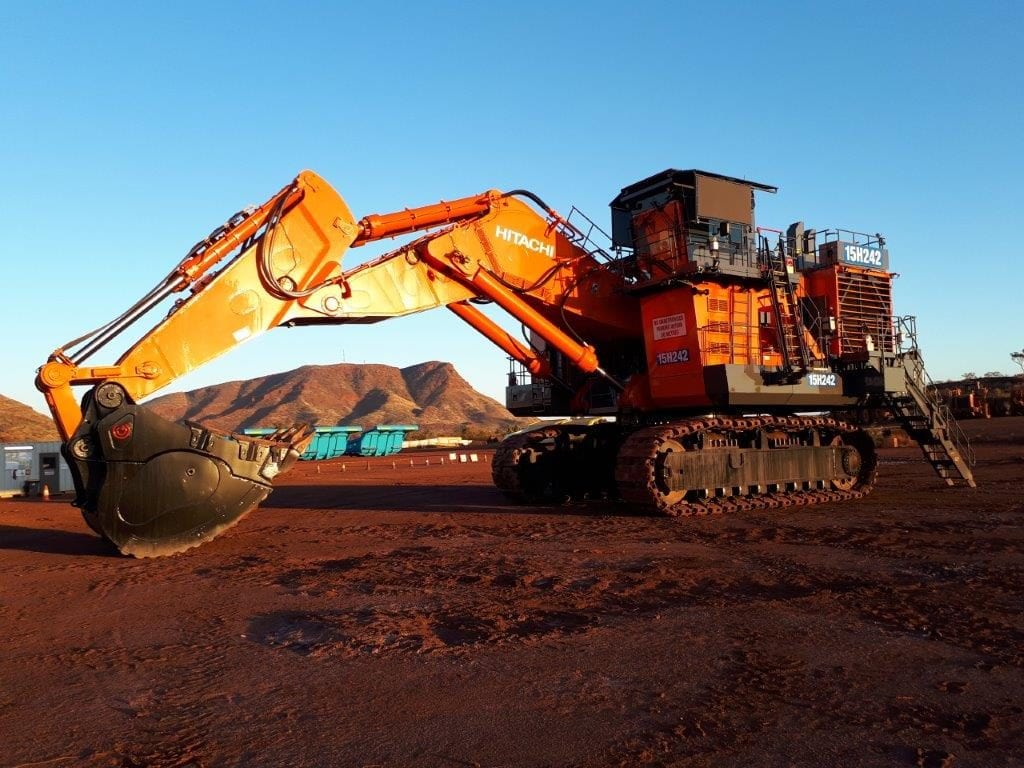In the mining industry hazardous manual handling is recognised as a major occupational health and safety risk for the Western Australian mining industry. A manual task can become hazardous when there is repetitive or sustained application of force, awkward posture. sustained vibration or handling of unstable or unbalanced loads. The injuries associated with performing hazardous manual are collectively referred to as musculoskeletal disorders (MSDs). MSDs account for a third of all injuries that occur in the WA mining industry, there were 2,373 work days lost as a result of MSDs between September 2016 and August 2017.
Injury statistics
Over a 1-year period, 70% of all MSDs in the WA mining industry resulted from overexertion associated with moving objects or equipment, pulling or pushing and lifting and carrying. There were 355 MSDs and 81% of these injuries were classified as serious. The three body parts that are at the greatest risk of being injured are the shoulder, back and arm, 29% of all MSDs over the year period were back injuries.
Injuries by location
Heavy equipment workshops are the most prone to MSDs, both back and shoulder injuries had the highest occurrence in this location. Further notable locations for MSDs are:
Back
- Open pit production or development areas – 37%
- Treatment plant or ore processing – 23%
- Surface workshop – 13%
Shoulder
- Treatment plant or ore processing – 42%
- Surface workshop – 20%
- Open pit production or development areas – 15%
Injuries by occupation
Haulage truck drivers and processing plant operators are the most at risk of suffering a MSD. Further occupations most at risk are:
Back
- Surface mining production and services – 40%
- Ore treatment occupations – 21%
- Metalworking trades – 14%
Shoulder
- Ore treatment occupations – 31%
- Metalworking trades – 26%
- Surface mining production and services – 16%
Hazardous manual handling best practice
Safe design
Identifying and assessing all risks is incredibly important, using hazard identification and risk assessment methods to eliminate or minimise the risk of injury makes processes safer and more efficient. Using equipment and processes that make manual handling easier and safer is paramount to minimising
Participative ergonomics
Individuals and teams working together to identify and minimise the risk of manual handling is the internationally recommended approach to reducing the overall risk associated with hazardous manual tasks and preventing MSDs. Teams with collaborate, deploy and assess methods and procedures of risk mitigation to ensure the engagement of safe and best practices.
Before you start
The most effective way to manage a hazardous manual task is to determine what the risk is and what makes the task hazardous or potentially unsafe. Understanding the risks allows for the elimination and avoidance of injury.
A simple checklist to ask yourself:
- Do I need to complete this task?
- Why is this task being done this way?
- Is there mechanical assistance I can use?
- Can I slide instead of lift?
- Can I push rather than pull?
- Do I have any muscular limitations?
- Is my posture and body positioning safe?
- Do I need help to complete this task?
Alltuff work stands
Alltuff Stands are certified and compliant with the Australian Standard and have been engineered to transform safety and combat the failures associated with traditional jacking stand models. Alltuff Stands are a high capacity light-weight stand, load rated from 15T to 30T with a maximum manual handling weight of just 14kg.
Alltuff is a name you can trust. A range of products that possess industry leading characteristics, built for heavy duty, long term use. Supplied and distributed by Bend-tech Group Pty Ltd. We guarantee Alltuff products will deliver reliable, efficient and safe, high performance outcomes. When the going gets tough, you can trust Alltuff.
Get in contact with the Bend-tech team today to discuss our work stand options







About The Author: Rhys Werndly
More posts by Rhys Werndly